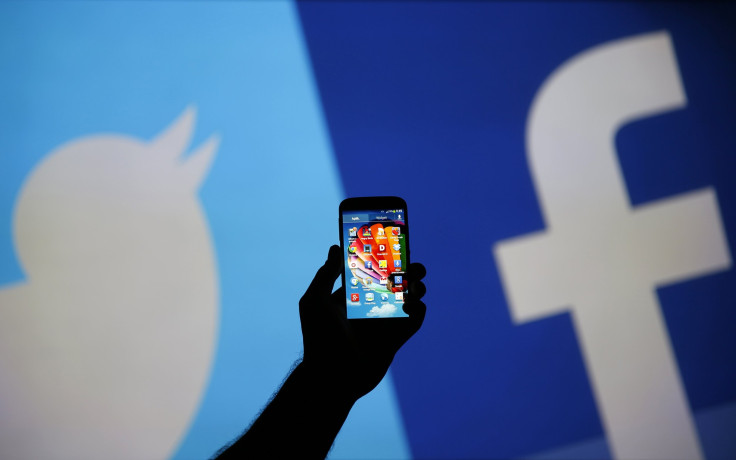Twitter IPO vs. Facebook: Will TWTR Stock Suffer Worse Fate Than FB Debut?

Twitter (TWTR) revealed its plans for an initial public offering on Thursday, giving the first look at San Francisco-based social networking and microblogging service’s financial information. Now the big question, the one that analysts will debate for the next three weeks before Twitter is allowed to formally pitch the value of its stock, is whether or not Twitter is a good investment.
To answer, investors on Wall Street will inevitably look to the Facebook Inc. (NASDAQ: FB) IPO in May 2012. After all, Twitter is roughly the same age as Facebook was when it filed, both have impacted the way people find information and communicate, and each relies on advertising as its primary revenue stream. Twitter is hoping to raise about $1 billion with its IPO, one of the largest IPOs since Facebook aimed at $5 billion.
Facebook’s IPO was roundly considered a disaster, with early investors losing as much as 50 percent on their holdings in the first three months of trading. It took until August of this year for Facebook’s stock value to surpass its IPO price.
It was thought that Twitter would use lessons learned from Facebook’s IPO to avoid a similar result, but some aspects of Twitter’s IPO look familiar. Goldman Sachs Group Inc. (NYSE: GS) is taking the role of lead bank, but Morgan Stanley (NYSE: MS) and J.P. Morgan Chase & Co (NYSE: JPM) also have prominent roles. The three were the same banks that led the Facebook IPO, though Morgan Stanley took the lead over Goldman.
In the S-1 form Twitter submitted to the U.S. Securities and Exchange Commission to register for the public offering, the list of investor risks outlined by Twitter appear remarkably similar to Facebook’s S-1 form. These potential problems include failure to grow user bases, loss of advertisers, expansion in international markets and security. Each company also noted how fake accounts and bots make accurate reports of their user bases difficult, but they claim that they are steadfastly eliminating these (though Twitter does allow users to have multiple Twitter accounts).
However, things start to look really bad for Twitter in the way the IPOs differ. Twitter lists a few major risks that were not concerns for Facebook, most notably one that states, “We have incurred significant operating losses in the past, and we may not be able to achieve or subsequently maintain profitability.”
Twitter has never produced a penny in profit, even as revenues have more than doubled in the first six months of this year compared to the same year-ago period. Facebook’s S-1 said that the company earned $302 million in Q4 2011, and was profitable for several quarters before that. Twitter lost $69 million in the first half of 2013, up from a $49 million loss in the year-ago period.
Twitter's losses are amplified when compared against its headcount. Twitter lost about $40,000 on each of its 2,000 employees, while Facebook turns each of its 5,299 employees into $6,039 of profit.
Twitter also has a substantially smaller user base than Facebook did during its IPO. Facebook bragged about its 845 million monthly active users and 425 million daily active users. Twitter only has 215 MAUs and just 100 million DAUs.
Growth of its user base is also slowing at an alarming rate. In the most recent quarter, Twitter’s MAUs only grew by 7 percent, down about 10 percent from previous quarters.
What’s worse is that Twitter generates less money from its users than Facebook does. In its most recent earnings report, Facebook said it received an average of $1.41 in advertising revenue per user. According to calculations by Quartz, Twitter’s S-1 form indicates that it only gets an average of $0.55 in revenue per user.
The silver lining for Twitter is in mobile growth, which was a major concern for investors when considering Facebook’s IPO. Twitter has been mobile since its beginning, and reported in the S-1 file that 65 percent of its advertising revenue came from mobile devices. Facebook recently reported that only 41 percent of its total advertising revenue came from mobile.
Another positive note is that Twitter’s advertising model is already firmly in place, and is more organic and less disruptive to the user experience than Facebook’s. The nature of the Twitter platform makes it unlikely that it will experience the same sort of user backlash that Facebook faces when it introduces new advertising policies.
Still, Twitter’s case for an IPO is not as strong as people thought since it first tweeted in September that it had confidentially submitted its S-1. Since that time, the company has quietly issued multiple drafts of its SEC filings to avoid negative press, and possibly to cover the issue of falling advertising prices. Indeed, Twitter said that cost per ad engagement, which measures advertising revenue, fell for five consecutive quarters, declining nearly 50 percent in the second quarter, 2013.
Perhaps the most troubling thing about Twitter's filing is that there is no clear description of what Twitter plans to do with the $1 billion it hopes to raise. That is because, in truth, this IPO is more about Twitter's venture backers getting some return on the $1.8 billion they have invested in the company up until now than it is about Twitter having more cash to invest in the business.
Our guess is, if Twitter can’t provide new investors with better answers for why this IPO makes sense over the next weeks and months, its IPO could fare even worse than Facebook’s.
© Copyright IBTimes 2024. All rights reserved.












